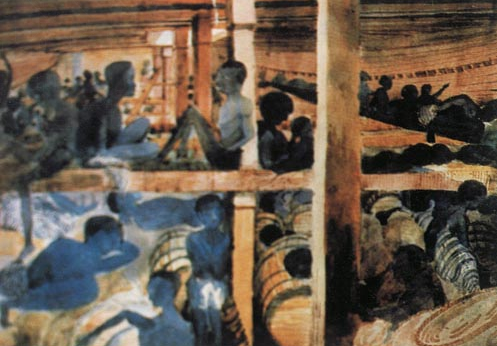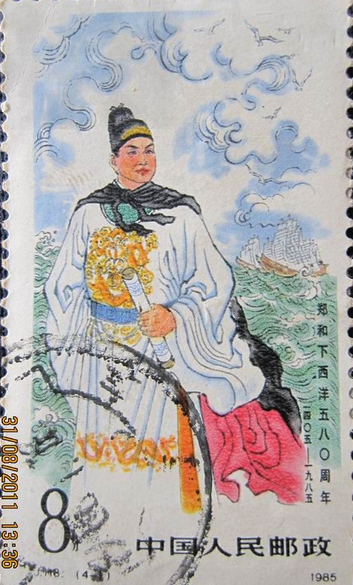Historians have only recently begun to note the increase in demand for luxury goods and services that took place in eighteenth-century England. MeKendrick has explored the Wedgewood Firm’s remarkable success in marketing luxury pottery. Plumb has written about the proliferation of provincial theaters, musical festivals and children’ s toys and books. While the feat of this consumer revolution is hardly in doubt, three key questions remain : Who were the consumers What were their motives And what were the effects of the new demand for luxuries
An answer to the first of these has been difficult to obtain. Although it has been possible to infer from the goods and service actually produced what manufacturers and servicing trades thought their customers wanted, only a study of relevant personal documents written by actual consumers will provide a precise picture of who wanted what. We still need to know how large this consumer market was and how far down the social scale the consumer demand for luxury goods penetrated. With regard to this last question, we might note in passing that Thompson, while rightly restoring laboring people to the stage of eighteenth-century English history, has probably exaggerated the opposition of these people to the inroads of capitalist consumerism in general: for example, laboring people in eighteenth-century England readily shifted from home-brewed beer to standardized beer produced by huge, heavily capitalized urban breweries.
To answer the question of why consumers became so eager to buy, some historians have pointed to the ability of manufacturers to advertise in a relatively uncensored press. This, however, hardly seems a sufficient answer. MeKendriek favors a Viable model of conspicuous consumption stimulated by competition for status. The " middling sort" bought goods and services because they wanted to follow fashions set by the rich. Again, we may wonder whether this explanation is sufficient. Do not people enjoy buying things as a form of self-gratification If so, consumerism could be seen as a product of the rise of new concepts of individualism and materialism, but not necessarily of the frenzy for conspicuous competition.
Finally, what were the consequences of this consumer demand for luxuries MeKendriek claims that it goes a long way toward explaining the coming of the Industrial Revolution. But does it What, for example, does the production of high-quality potteries and toys have to do with the development of iron manufacture or textile mills I t is perfectly possiMe Go have the psychology and reality of consumer society without a heavy industrial sector.
That future exploration of these key questions is undoubtedly necessary should not, however, diminish the force of the conclusion of recent studies: the insatiable demand in the tenth-century England for frivolous as well as useful goods and services foreshadows our own world.
Which of the following is NOT a possilde motive for luxury consumption mentioned in the passage()
A. People enjoy buying things
B. Manufactures boast their products
C. Consumers need to satisfy themselves in certain ways
D. People liked learning from the rich’ s example
参考答案:A
解析:
文章第三节提到了消费者购买商品的动机问题。该段第一句后面提到生产厂商advertise他们的产品,对应的是B选项;该段倒数第二句是一个一般疑问句加强的陈述语气,指出消费者购买产品的一种self-gratification 形式,对应的是C选项;该段中间第四行提到消费者wanted to follow fashions set by the rich,对应的是D选项。A选项在倒数第二句确实也有所提及,但是它所表述的内容是一种表象,而不是题干要求的“动机”,所以A选项不是文中所列动机之一。故正确选项为A。


